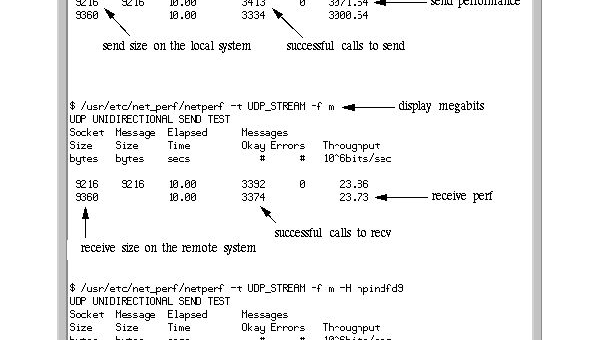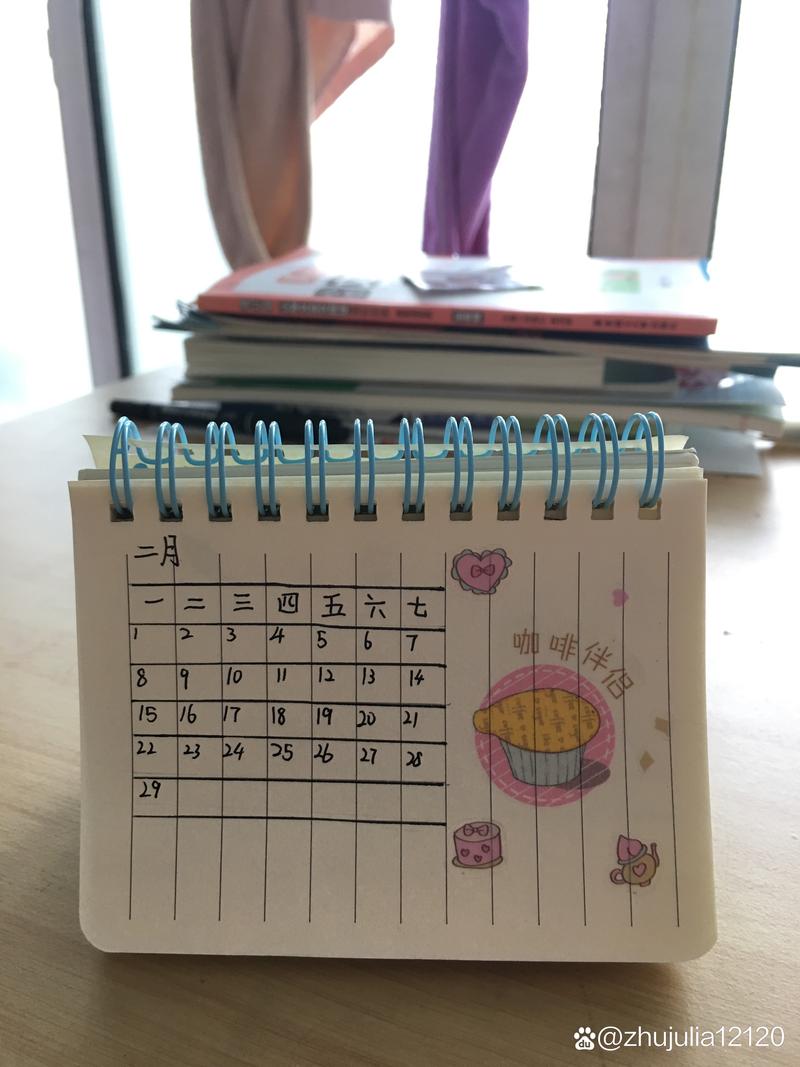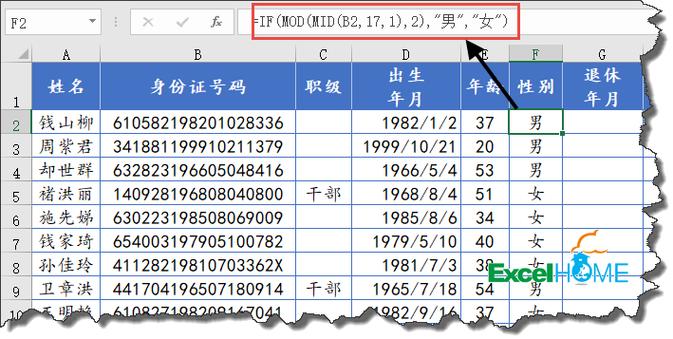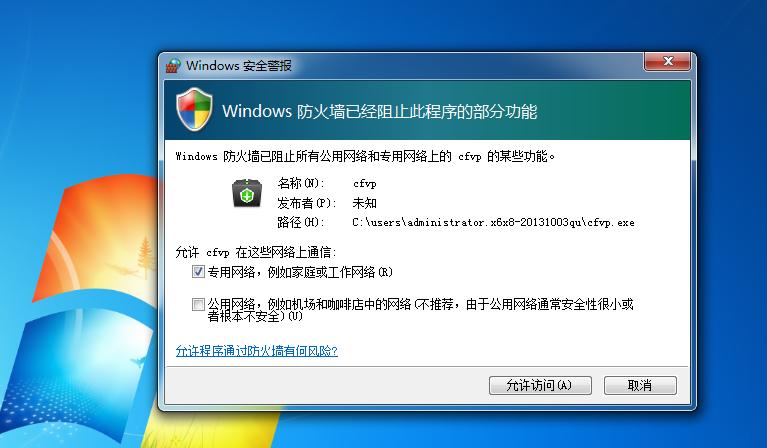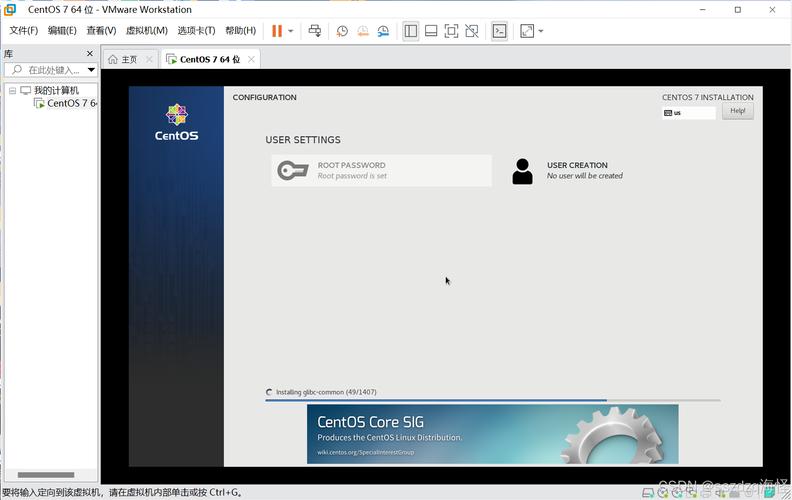引言
数据校验是企业级应用中的核心需求,它确保了业务数据的准确性和一致性。
spring validation提供了一套强大而灵活的数据校验框架,通过声明式的约束注解和分组校验机制,优雅地实现了复杂的验证逻辑。
一、spring validation基础架构
1.1 jsr-380标准与spring整合
spring validation以jsr-380(bean validation 2.0)为基础,通过与hibernate validator的无缝整合,提供了全面的数据校验解决方案。
jsr-380定义了标准的约束注解和验证api,spring扩展了这一标准并提供了更丰富的功能支持。
这种整合使开发者能够以声明式方式定义校验规则,大大简化了数据验证的复杂性。
// spring validation依赖配置 /**/ // 启用验证的基本配置 @configuration public class validationconfig { @bean public validator validator() { return validation.builddefaultvalidatorfactory().getvalidator(); } @bean public methodvalidationpostprocessor methodvalidationpostprocessor() { return new methodvalidationpostprocessor(); } } org.springframework.boot spring-boot-starter-validation
1.2 校验处理流程
spring validation的校验流程由多个核心组件协同完成。当一个标记了约束注解的对象被提交验证时,validatorfactory创建validator实例,然后遍历对象的所有属性,检查是否满足约束条件。
对于不满足条件的属性,会生成对应的constraintviolation,包含违反信息和元数据。这些违反信息可以被收集并转化为用户友好的错误消息。
// 手动校验示例
@service
public class validationservice {
@autowired
private validator validator;
public validationresult validate(t object) {
validationresult result = new validationresult();
set> violations = validator.validate(object);
if (!violations.isempty()) {
result.setvalid(false);
map errormap = violations.stream()
.collect(collectors.tomap(
v -> v.getpropertypath().tostring(),
constraintviolation::getmessage,
(msg1, msg2) -> msg1 + "; " + msg2
));
result.seterrormessages(errormap);
}
return result;
}
}
// 校验结果封装
public class validationresult {
private boolean valid = true;
private map errormessages = new hashmap<>();
// getters and setters
public boolean haserrors() {
return !valid;
}
}
二、约束注解详解
2.1 常用内置约束注解
spring validation提供了丰富的内置约束注解,覆盖了常见的校验场景。这些注解可以分为几类:基本验证(如@notnull、@notempty)、数字验证(如@min、@max)、字符串验证(如@size、@pattern)和时间验证(如@past、@future)等。
每个注解都可以通过message属性自定义错误消息,提高用户体验。此外,大多数注解还支持通过payload属性关联额外的元数据。
// 内置约束注解使用示例
@entity
public class product {
@id
@generatedvalue(strategy = generationtype.identity)
private long id;
@notblank(message = "产品名称不能为空")
@size(min = 2, max = 50, message = "产品名称长度必须在2-50之间")
private string name;
@notnull(message = "价格不能为空")
@positive(message = "价格必须是正数")
@digits(integer = 6, fraction = 2, message = "价格格式不正确")
private bigdecimal price;
@min(value = 0, message = "库存不能为负数")
private integer stock;
@notempty(message = "产品分类不能为空")
private list<@notblank(message = "分类名称不能为空") string> categories;
@pattern(regexp = "^[a-z]{2}\\d{6}$", message = "产品编码格式不正确,应为2个大写字母+6位数字")
private string productcode;
@email(message = "联系邮箱格式不正确")
private string contactemail;
@past(message = "创建日期必须是过去的时间")
private localdate createddate;
// getters and setters
}
2.2 自定义约束注解
当内置约束无法满足特定业务需求时,自定义约束注解是一个强大的解决方案。创建自定义约束需要两个核心组件:约束注解定义和约束验证器实现。注解定义声明元数据,如默认错误消息和应用目标;验证器实现则包含实际的验证逻辑。通过组合现有约束或实现全新逻辑,可以构建出适合任何业务场景的验证规则。
// 自定义约束注解示例 - 中国手机号验证
@documented
@constraint(validatedby = chinesephonevalidator.class)
@target({ elementtype.field, elementtype.parameter })
@retention(retentionpolicy.runtime)
public @interface chinesephone {
string message() default "手机号格式不正确";
class[] groups() default {};
class[] payload() default {};
}
// 约束验证器实现
public class chinesephonevalidator implements constraintvalidator {
private static final pattern phone_pattern = pattern.compile("^1[3-9]\\d{9}$");
@override
public void initialize(chinesephone annotation) {
// 初始化逻辑,如果需要
}
@override
public boolean isvalid(string value, constraintvalidatorcontext context) {
if (value == null) {
return true; // 如果需要非空校验,应该额外使用@notnull
}
return phone_pattern.matcher(value).matches();
}
}
// 使用自定义约束
public class user {
@notnull(message = "姓名不能为空")
private string name;
@chinesephone
private string phonenumber;
// 其他字段和方法
}
三、分组校验深入应用
3.1 分组校验基本原理
分组校验是spring validation的一个强大特性,允许根据不同的业务场景应用不同的校验规则。通过定义接口作为分组标识,并在约束注解中指定所属分组,可以实现精细化的验证控制。分组校验解决了一个实体类在不同操作(如新增、修改、删除)中面临的差异化验证需求,避免了代码重复和维护困难。
// 分组校验的基本使用
// 定义验证分组
public interface create {}
public interface update {}
public interface delete {}
// 使用分组约束
@entity
public class customer {
@notnull(groups = {update.class, delete.class}, message = "id不能为空")
@null(groups = create.class, message = "创建时不应指定id")
private long id;
@notblank(groups = {create.class, update.class}, message = "名称不能为空")
private string name;
@notblank(groups = create.class, message = "创建时密码不能为空")
private string password;
@email(groups = {create.class, update.class}, message = "邮箱格式不正确")
private string email;
// getters and setters
}
// 在控制器中使用分组校验
@restcontroller
@requestmapping("/customers")
public class customercontroller {
@postmapping
public responseentity createcustomer(
@validated(create.class) @requestbody customer customer) {
// 创建客户逻辑
return responseentity.ok(customerservice.create(customer));
}
@putmapping("/{id}")
public responseentity updatecustomer(
@pathvariable long id,
@validated(update.class) @requestbody customer customer) {
// 更新客户逻辑
return responseentity.ok(customerservice.update(id, customer));
}
}
3.2 分组序列与顺序校验
对于某些复杂场景,可能需要按特定顺序执行分组校验,确保基本验证通过后才进行更复杂的验证。spring validation通过分组序列(groupsequence)支持这一需求,开发者可以定义验证组的执行顺序,一旦某个组的验证失败,后续组的验证将被跳过。这种机制有助于提升验证效率,并提供更清晰的错误反馈。
// 分组序列示例
// 定义基础分组
public interface basiccheck {}
public interface advancedcheck {}
public interface businesscheck {}
// 定义分组序列
@groupsequence({basiccheck.class, advancedcheck.class, businesscheck.class})
public interface orderedchecks {}
// 使用分组序列
@entity
public class order {
@notnull(groups = basiccheck.class, message = "订单号不能为空")
private string ordernumber;
@notempty(groups = basiccheck.class, message = "订单项不能为空")
private list items;
@valid // 级联验证
private customer customer;
@asserttrue(groups = advancedcheck.class, message = "总价必须匹配订单项金额")
public boolean ispricevalid() {
if (items == null || items.isempty()) {
return true; // 基础检查会捕获此问题
}
bigdecimal calculatedtotal = items.stream()
.map(item -> item.getprice().multiply(new bigdecimal(item.getquantity())))
.reduce(bigdecimal.zero, bigdecimal::add);
return totalprice.compareto(calculatedtotal) == 0;
}
@asserttrue(groups = businesscheck.class, message = "库存不足")
public boolean isstocksufficient() {
// 库存检查逻辑
return inventoryservice.checkstock(this);
}
// 其他字段和方法
}
// 使用分组序列验证
@service
public class orderservice {
@autowired
private validator validator;
public validationresult validateorder(order order) {
set> violations =
validator.validate(order, orderedchecks.class);
// 处理验证结果
return processvalidationresult(violations);
}
}
3.3 跨字段校验与类级约束
有些验证规则涉及多个字段的组合逻辑,如密码与确认密码匹配、起始日期早于结束日期等。spring validation通过类级约束解决这一问题,允许在类层面定义验证逻辑,处理跨字段规则。这种方式比单独验证各个字段更加灵活和强大,特别适合复杂的业务规则。
// 自定义类级约束注解
@target({elementtype.type})
@retention(retentionpolicy.runtime)
@constraint(validatedby = daterangevalidator.class)
public @interface validdaterange {
string message() default "结束日期必须晚于开始日期";
class[] groups() default {};
class[] payload() default {};
string startdatefield();
string enddatefield();
}
// 类级约束验证器
public class daterangevalidator implements constraintvalidator {
private string startdatefield;
private string enddatefield;
@override
public void initialize(validdaterange constraintannotation) {
this.startdatefield = constraintannotation.startdatefield();
this.enddatefield = constraintannotation.enddatefield();
}
@override
public boolean isvalid(object value, constraintvalidatorcontext context) {
try {
localdate startdate = (localdate) beanutils.getpropertyvalue(value, startdatefield);
localdate enddate = (localdate) beanutils.getpropertyvalue(value, enddatefield);
if (startdate == null || enddate == null) {
return true; // 空值验证交给@notnull处理
}
return !enddate.isbefore(startdate);
} catch (exception e) {
return false;
}
}
}
// 应用类级约束
@validdaterange(
startdatefield = "startdate",
enddatefield = "enddate",
groups = businesscheck.class
)
public class eventschedule {
@notnull(groups = basiccheck.class)
private string eventname;
@notnull(groups = basiccheck.class)
private localdate startdate;
@notnull(groups = basiccheck.class)
private localdate enddate;
// 其他字段和方法
}
四、实践应用与最佳实践
4.1 控制器参数校验
spring mvc与spring validation的集成提供了便捷的控制器参数校验。通过在controller方法参数上添加@valid或@validated注解,spring会自动对请求数据进行验证。结合bindingresult参数,可以捕获校验错误并进行自定义处理。对于restful api,可以使用全局异常处理器统一处理验证异常,返回标准化的错误响应。
// 控制器参数校验示例
@restcontroller
@requestmapping("/api/products")
public class productcontroller {
@autowired
private productservice productservice;
// 请求体验证
@postmapping
public responseentity createproduct(
@validated(create.class) @requestbody product product,
bindingresult bindingresult) {
if (bindingresult.haserrors()) {
map errors = bindingresult.getfielderrors().stream()
.collect(collectors.tomap(
fielderror::getfield,
fielderror::getdefaultmessage,
(msg1, msg2) -> msg1 + "; " + msg2
));
return responseentity.badrequest().body(errors);
}
return responseentity.ok(productservice.createproduct(product));
}
// 路径变量和请求参数验证
@getmapping("/search")
public responseentity searchproducts(
@requestparam @notblank string category,
@requestparam @positive integer minprice,
@requestparam @positive integer maxprice) {
return responseentity.ok(
productservice.searchproducts(category, minprice, maxprice)
);
}
}
// 全局异常处理
@restcontrolleradvice
public class validationexceptionhandler {
@exceptionhandler(methodargumentnotvalidexception.class)
public responseentity
总结
spring validation通过标准化的约束注解和灵活的分组校验机制,为企业级应用提供了强大的数据验证支持。
约束注解的声明式特性简化了验证代码,而自定义约束功能满足了各种特定业务需求。分组校验和分组序列解决了不同场景下的差异化验证问题,类级约束则实现了复杂的跨字段验证逻辑。
在实际应用中,结合控制器参数校验和全局异常处理,可以构建出既健壮又易用的验证体系。
以上为个人经验,希望能给大家一个参考,也希望大家多多支持代码网。

